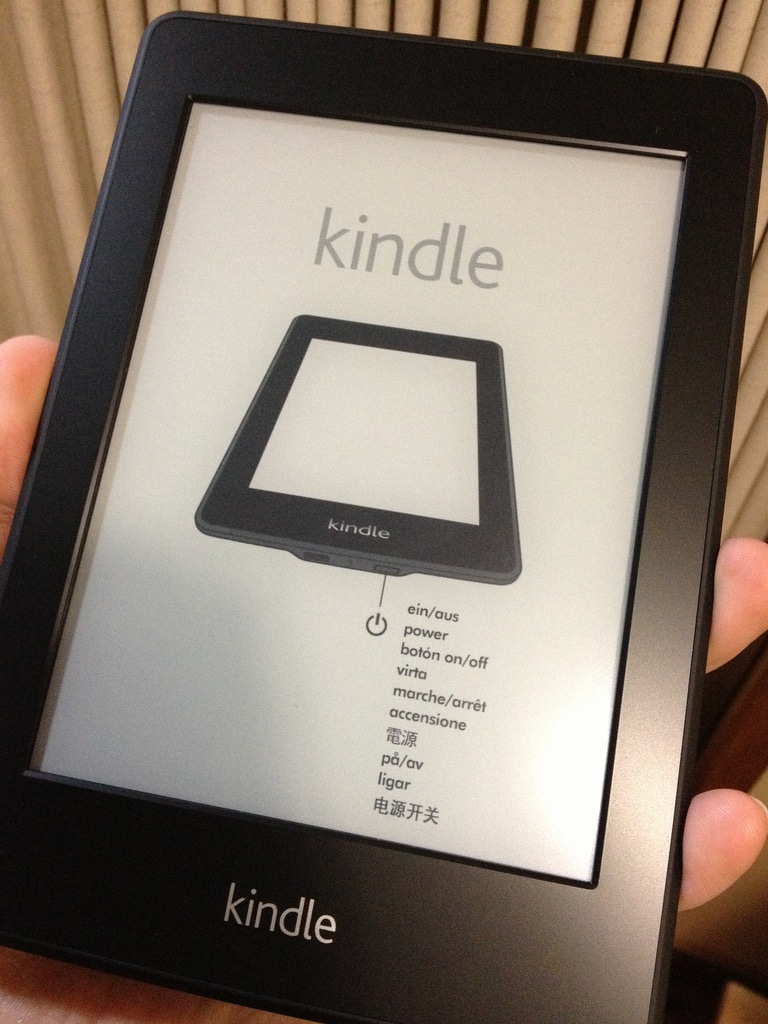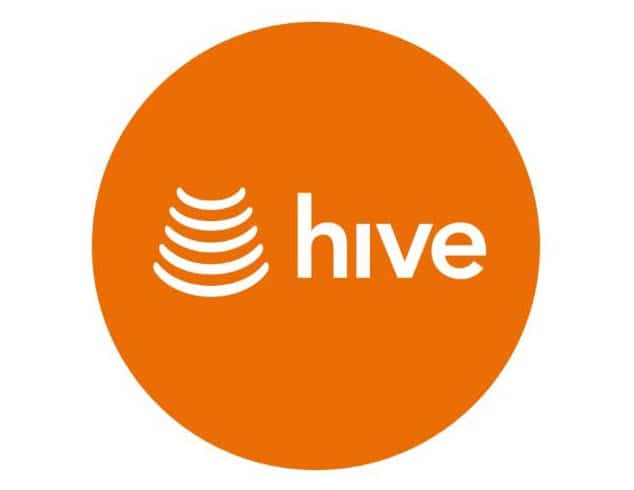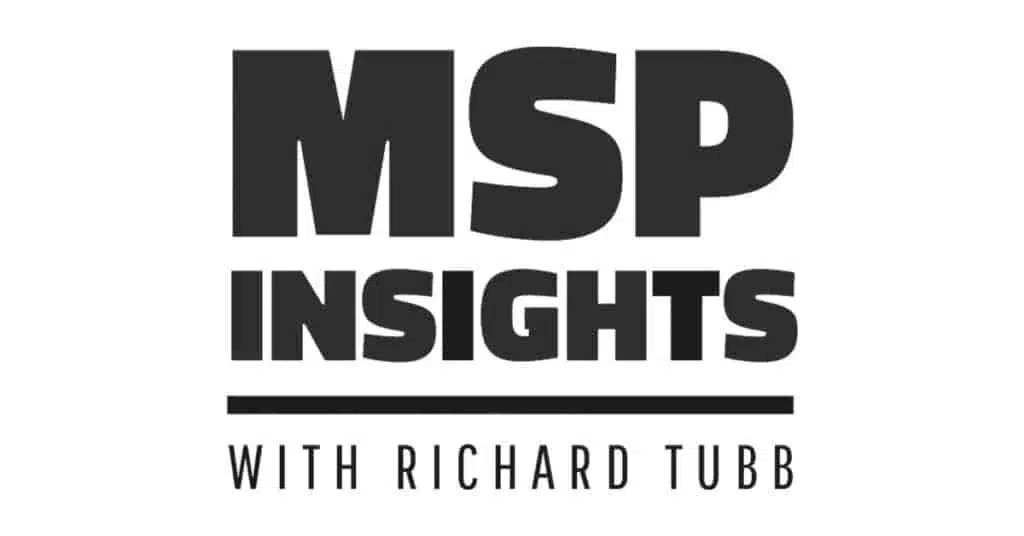After recently saying goodbye to my HTC HD2 Windows Mobile 6.5 device, a few months ago I started an experiment. Grabbing a SIM Only Deal from mobile carrier, Three – I would, in turn, use an iPhone, a Windows Phone device and an Android device for a few weeks at a time each, using them in anger as my sole device for day-to-day activities, both business and leisure.
You can read about my original motivations for this experiment here.
You can read part one of this experiment – my thoughts on the iPhone here.
You can read part two of this experiment – my thoughts on the Windows Phone here.
You can read part three of this experiment – my thoughts on Android here.
The overwhelming theme coming out of my review of Windows Phone was “It’s all about Mango”. Every irritation, bug and missing feature I mentioned seemed to be fixed by the upcoming Mango update that was released in September.
 So in an attempt to give Windows Phone a fair shake of the stick, at the end of September I once again borrowed from my friend Steve Silk at Staffordshire University the HTC Pro 7 phone, and duly updated it to Mango – or Windows Phone 7.5
So in an attempt to give Windows Phone a fair shake of the stick, at the end of September I once again borrowed from my friend Steve Silk at Staffordshire University the HTC Pro 7 phone, and duly updated it to Mango – or Windows Phone 7.5
Updating to Mango
Firstly, the update process itself was fairly easy – once I’d impatiently “forced” the update through the Zune software using these instructions.
The update itself took around 90 minutes, with little or no intervention required on my part.
Features of Mango
Once the update was completed, I jumped straight in and was… well… fairly underwhelmed. The Windows Phone interface is mostly unchanged, which is no bad thing as I like the tile-focused home-screen.
The Live Tiles feature (wherein icons on the home-screen can display live information about people or apps) is now supported by more 3rd party apps, but in reality I didn’t find myself staring at the home-screen to catch live tile updates very often. Still, Live Tiles remains a nice feature and the interface is very clean and easy to navigate.
One change I wasn’t fond of was that the Phone Search button is now dedicated to the Bing web-search engine. This may be irritating for anyone like me who prefers context sensitive searching within apps, as it was in Windows Phone 7, but I guess it’s a matter of preference.
Multi-Tasking
The biggest change in Mango for me was the addition of Multi-tasking. Windows Phone didn’t really allow you to switch between apps. You were often left loading apps up from scratch after you’d gone to read an SMS or make a call. Now, you can multitask. Sort of…
In reality you can only multi-task up to 6 apps at any one time. It’s better than no multi-tasking at all, and I hear the arguments over resource use affecting usability – but still frustrating in use as I almost always have e-mail, SMS, Web Browser, Twitter, Facebook and Foursquare open. Use one other app, and one of those previously opened windows closes meaning you have to re-load it next time you want to use it. The fact that most Windows Phone seems underpowered compared to their Android and Apple competitors would give some idea of why this feature is the way it is.
The back button (which allows you to scroll through previously used windows) remains a neat feature. I found myself wishing that feature could be ported to iOS when using my iPod Touch.
Music wise, Mango is easy to use as a media player with the lock-screen offering the ability to pause, stop and skip tracks. I also like the Zune software’s interface on the PC, and maybe even prefer it to the woeful iTunes.
Irritations
What I didn’t like was the lack of PC-like file system – anything you want to get to and from handset needs to be via the Zune software, or rely on 3rd party plug-in’s. I know it’s only a minor irritation, but I like being able to drop files onto the SD-Card directly – a feature Mango doesn’t allow.
One less than minor irritation is the Internet Explorer 9 web-browser. Whilst it boasts some great features including full HTML 5, it just doesn’t sit well with me and I found myself getting really irritated with how slow it was to display web-pages – especially moving back to a previously loaded page. As far as I can tell there are little or no 3rd Party Web Browser options on Windows Phone, and so if you don’t like IE (as I don’t) then you’ll flat out of alternatives. I found myself really missing the slick and smooth Dolphin Browser on Android. I’m sure there is all sorts of statistics to show how IE is a faster browser, but I found it clunky and slow.
Using when travelling
In-Car support is excellent. My in-car Bluetooth hands-free kit connected first time and allowed features such as Contact sync and then subsequently connected each time without any intervention on my part. Leaving Bluetooth switched on in this way doesn’t seem to drain the battery life – very cool! But the coolest feature for me was the in-car SMS Voice options. When an incoming SMS is received, Mango tells you who the message is from and asks you if you want to listen to the message in-car. It does a fine job of reading messages out, even down to “Sad Smiley”, “Happy Smiley” or “Kiss, Kiss” and gives you the option to reply. Sadly, Mango voice recognition isn’t too hot at recognising spoken words – and even the simplest of responses needed to be “dumbed down” to work. For instance, saying “Thanks Mom, see you soon.” had to be changed after four failed attempts to “Thank-you Mother. Goodbye”. Not quite as warm a response…
Bing Maps is included as an app, and is a decent tool to help direct you to locations. It’s no replacement for a dedicated Sat-Nav though, with no automatic re-calculation of route if you make a wrong turn, and a tiny on-screen display with not even the most basic spoken turn-by-turn information. Again though, it’s better than nothing – and it more or less helped me to most of my destinations during the course of this experiment.
Overall, the in-car versatility of Mango is something I’d rank highly.
Battery Life
Talking of Battery life, it remains good in the Mango update. I could get around a day and half’s average usage without requiring a charge. Irritatingly though, when plugged in to charge the ‘phone turned itself on. Whether this is a HTC fault or a Mango fault or indeed a “feature”, I don’t know. The “Battery Saver” feature remains cool – turning off Push E-Mail and other non-essential features when the battery runs low.
Social Networking
On the integration front, Twitter is now integrated into Mango. It’s an overdue feature, but one that compliments Mango’s already excellent Social Networking features. You can look at a contacts profile, swipe to the right and see a list of recent SMS, swipe again to see their latest e-mails, Tweets, Facebook updates, Photos and so on. Very cool.
No Google+ support whatsoever. Not entirely unexpected, but as a Google+ user myself I missed this integration.
The Facebook integration is good, especially for the camera. It enables you to give a title to photographs and tag people before uploading the snap. Disappointingly though, there’s no notification of the success/failure of a Facebook photo uploads. I found that some FB photo uploads failed (presumably due to a bad carrier signal) but I didn’t have the option to re-try them, and so had to re-create the uploads from scratch. It’s small features lacking like this that can build into bigger frustrations.
The Facebook app under Mango is not so good though. Like IE9, I found it slow and clumsy, and so reverted to using the Mobile Web-Interface instead.
Contacts
Within Mango you can create groups of contacts – such as business, friends, family, etc. This is a neat future that I found using a lot to quickly find and catch-up with different types of contact.
I’ve still yet to “get” Xbox Live integration where you can supposedly connect and play games with XBox 360 friends. I’ve yet to find anyone else who uses it either.
E-Mail connectivity still lacks Exchange Tasks and Notes support. As even iOS 5 added this recently, it’s flabbergasting that Microsoft don’t support their own e-mail server software as well as their competitors now has Exchange Task support built in, but included in the Calendar rather than as a separate app (Thanks to both John Clark and Andy Parkes for helping me find this feature!)
You now have the ability to combine mailboxes into a single view, and the Calendar pulls in information from Facebook as well as Exchange. This is useful.
As I’m a Google Mail user, I found the GMail support underwhelming. The e-mail interface as a whole is nice and clean, but GMail features such as Archiving are missing. I understand why this is – why would Google create a feature rich app for their Windows rival – but you get a better GMail experience under iOS, so Windows Phone is lacking here. Please don’t ask me to migrate to Hotmail as a suggested alternative either…
Conclusion
In conclusion – Mango is the ‘phone O/S that Microsoft should have released initially. It shores up a lot of features missing from Windows Phone 7, and adds some very cool other features too. I loved the Social Networking integration, and the SMS Voice features as part of a strong In-Car setup were very cool.
I could easily live with Mango as my main ‘phone, but… I wouldn’t choose to do so knowing that both Android and iOS5 are available on the market too.
That’s really disappointing for me, as I really like Windows Phone and I secretly hoped Mango would sway me to choose WP7 as my main platform.
But, despite the nice interface, both Android and iOS have much better 3rd Party App support, much more powerful handsets available, and Android especially is much, much more configurable.
Where I see Mango making a splash is at the slightly lower consumer end of the market. Mango does a *lot* in handsets that, on paper at least, are not as powerful as their Android or Apple competitors that are also more expensive to buy. For most people who aren’t real power users, Mango will be a great option – although statistics show that only one in fifty mobile devices currently sold are Windows Phone.
But, Windows Phone includes every feature that your average Social Networking/E-Mail reading/Web Browsing/casual Photographing user might want.
However, if you’re a power user on any level – then my conclusion is that the latest upmarket Android handset or iPhone are probably the better choices for now.













Comments
5 thoughts on My Mobile Phone Experiment, Part Four – Thoughts on Windows Phone Mango
JAKOB THUSGAARD
31ST OCTOBER 2011 20:41:16
Good follow-up post. I must admit that given the hype around Mango I'm a little disappointed by what you were given to play around with. I agree that Windows Phone could well make a splash as a low-end smartphone. Especially the combination MSFT-NOKIA could prove very potent with regards to bringing cost down. Thanks for following up. You realize that you now need to bring in updated reviews for iOS5 and Android Ice Cream Sandwich, right? ;-)
ANDY PARKES
1ST NOVEMBER 2011 00:30:09
I've finally got Mango so can comment :-) Exchange task support is included...it's part of the calendar app...why it doesn't get it's own app I'm not sure. still no notes support but I'd imagine they'd rather you used OneNote mobile as it's more feature rich.
TUBBLOG
1ST NOVEMBER 2011 05:24:11
Andy - quite right, Exchange Tasks are included within the Calendar. Thanks for highlighting that.
TUBBLOG
1ST NOVEMBER 2011 05:25:24
Jakob - thanks for the comments. I'm going to give a lower powered Android 'phone a test next, just to see the comparison to WP7 - but if I review iOS5 and Android Ice Cream Sandwich, then this experiment could go on forever... :-)
ANDY’S TECHIE BLOG » BLOG ARCHIVE » CHOOSING THE “RIGHT” SMART PHONE
6TH DECEMBER 2011 22:27:12
[...] the UK which wound me up in a big way and I lost my enthusiasm for writing about it. On top of that Richard Tubb wrote a great series of posts about his experiences trying out all the major platforms.(read them…now!) which I was glued too so any thoughts I had for writing about it at the time [...]